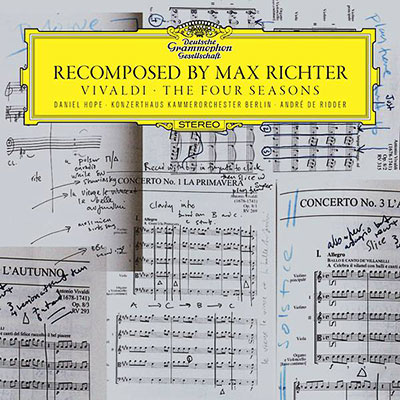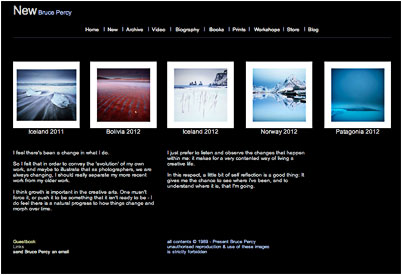This past while, I've been aware that I need to look after my creative mojo more than I have done in the past.
Running a business that is focussed on the artistic side of my personality can often mean that there is very little 'juice' left for myself, after running so many workshops and teaching photography all year.

I would imagine this may come as a bit of a surprise to some of you. Surely running a photographic workshop business means you get to lead a very creative life and create lots of images? Surely it's where we all want to be?
Well, I will not deny that I thoroughly enjoy my vocation. I feel I've found something that suits my personality very well: I love sharing ideas with people, I love meeting new people, and I love to talk and teach photography. I've met so many wonderful people over the years and some of them have become very dear friends and the workshops are great fun and very sociable.
But each of us has a finite amount of creative mojo that we can tap into, and I've sometimes found that after all the teaching and workshops I do, I have very little mojo left for myself.
My workshop business is important, and it takes priority over everything. So how do I make sure that all the work I do, doesn't exhaust me so much that I still have some photography-mojo left for my own projects?
Well, my solution has been to become more proactive.
Bearing in mind that my workshop schedule is often planned up to a year in advance, it's quite difficult to do anything spontaneous (self-project wise) over the coming year. So what I've had to do is start maintaining everything in Google's calendar:

For example, I often hear about some really special annual event, and usually, find that it overlaps with some workshop I have already got running. To overcome this, when I hear about something inspiring that I'd like to attend, I put it into google's calendar as an annual repeating event. This is done with the hope that when I come round to setting up future workshops and tours, I can schedule them around any special events I wish to attend.
For example, last year I found out about a special event that happens in Kyoto, Japan each year in February. I put it into my calendar as a repeating yearly event. So when it came round to setting up my annual Norway Lofoten tours and Iceland tours, I didn't overlap the dates.
Ok, so this has been a bit of a long pre-amble, but basically, what I'm really trying to say is that as creative people, we need to find time for our creative selves. My situation I know, is very different from many people's but I still suffer from the same problems as anybody else who works in a 9-5 weekly job. Most people are very time-poor. Jobs, family, children, commitments in many forms take our free time away and we are left with no time to do our 'art'.
As a creative people, we need to be kind to our creativity. We need to nourish it, feed it. We also need to respect it. That means giving it the time it deserves. I seldom see this with many of my clients. Most keen photographers have to slot in their photography sparingly during family holidays, or during a few hours on a weekend. It's not ideal, and it's hard to get a good level of work going if you're not giving it your undivided attention.
So if there is a message in this posting, it is this:
Are you looking after your Photographic-Mojo?
Certainly, it's something you should give some thought to. Photography is not something you just slot into a quick half-hour once in a while. To get stellar work, requires that you shoot more, and have all your attention on it when you are doing it.
Look after your creative side. Give it the time it needs by setting some special time aside and keep on top of it. Listen to your own creative needs and work some dedicated time into your life. If that means you have to plan in advance, then do it. You'll be a much happier photographer as a result.











